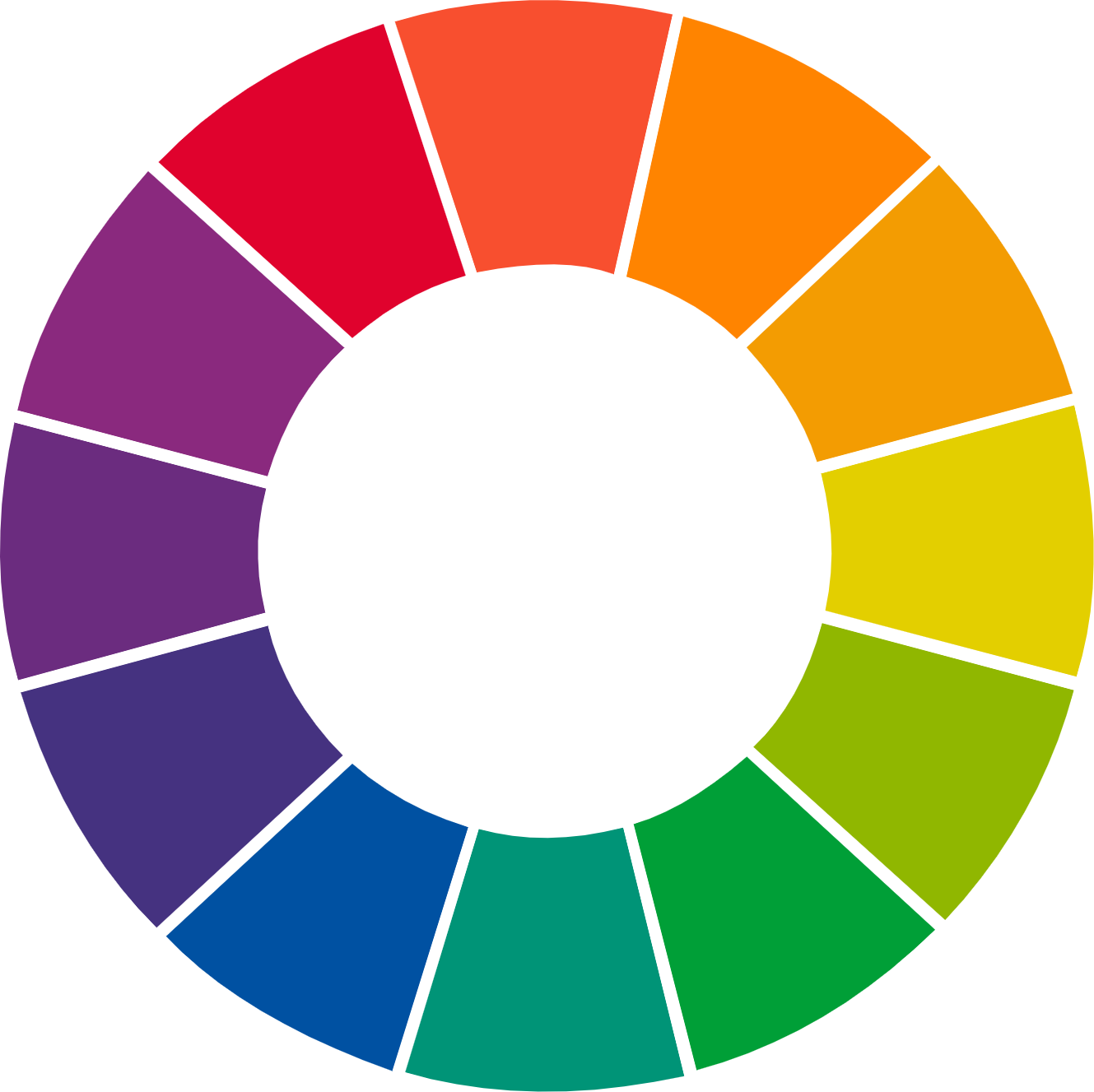MATTING
Images by LaJune King, Brandi Payne, and Jeanette Polynice
Where Being Eco-Friendly Meets The Highest Quality
Our mat board is made from cotton linters from the textile industry. Textiles are made using the longest, highest-quality fibers – the rest is discarded. This wasted cotton is salvaged and used to manufacture our museum-quality mat board.
Nothing could be more eco-friendly than reusing a product that is considered waste – otherwise, this would all end up in the trash!
How are MUSEA Mat Boards different than what other labs use?
Our board is made with a minimum pH of 7.8 and is acid-free. No alum is used in the entire paper making process.
Our mat board also exceeds the standards established by the Library of Congress, Library Service Institutions, and The Fine Art Trade Guild.
The single-ply sheets are laminated together using an inert adhesive that is 100% acid-free and archival.
Our board is continuously tested during the manufacturing process by both computer and manual controls to ensure conformance to the TAPPI and ASTM specifications required by the archival community.
No other board cuts as precisely to produce an ultra-sharp and clean bevel. To ensure this quality all plys are from the same quality and caliper with consistent density throughout. The boards we use have been touted by museum and framing galleries worldwide as the best cutting board in the market.
Fun fact. Andy Warhol used the same mat board as us to produce his silkscreen prints.
Choosing Your Mat Size
Our ordering system offers a large assortment of popular print and mat size pairings, as well as even 2”, 3”, and 4” mat borders. Simply choose the print size you need, and the system will populate a list of mat sizes suitable for that print.
Images by LaJune King and Jeanette Polynice
Popular Print + Mat Pairings
4x6 or 5X7 Print + 8X10 Mat
7x10 or 8x10 Print + 11x14 Mat
11x14 Print + 16x20 Mat
16x20 Print + 20x24 Mat
Examples of an 11x14 print with even 2”, 3”, and 4” mat borders
For Deckled prints we float mount them and cut the mat opening 1/2” larger than the print to show off the hand torn edge
We also offer multi-opening mats, and are able to produce most custom requests.
Email lab@mymusea.com for custom quotes and ordering instructions!
8 Ply vs 4 Ply
8 Ply (click to enlarge) - Image by Ore Adesina
We offer 8 Ply and 4 Ply Museum Mat Boards.
The difference between these is that the 8 Ply is twice as thick as the 4 Ply.
All of our framed prints automatically come with 8 Ply Board for a more Luxurious Look.
4 Ply (click to enlarge) - Image by Ore Adesina
Benefits of Matting vs Mounting
Image by Amanda Blodgett
1) It gives clients something to hold other than the print itself, which can scuff the surface of the print and leave oils reducing the prints life.
2) It's more archival because the mat board surrounds the print in acid free and lignin free cotton.
3) The print can be removed if necessary (mats may get damaged though).
4) A client can easily frame it and the print won't touch the glass/acrylic.
A mounted print will touch the glass/acrylic if put in a frame without being matted, which is an additional pain because of the thick mounting substrate. If humidity gets in the frame the print can get damaged and stuck to the glass/acrylic.
To properly frame a mounted print without a mat, spacers need to be added between the surface of the print and the glass/acrylic to prevent the print touching the glass/acrylic. Most clients won't know this if they are getting it framed themselves.
5) Holding cotton mats with archival prints gives a luxury experience. It's a classic and timeless look that will never go out of style.
6) A mounted print typically has the ink right on the edge and if the edge gets dinged the ink can come off. A matted print just dings the mat, not the print.







